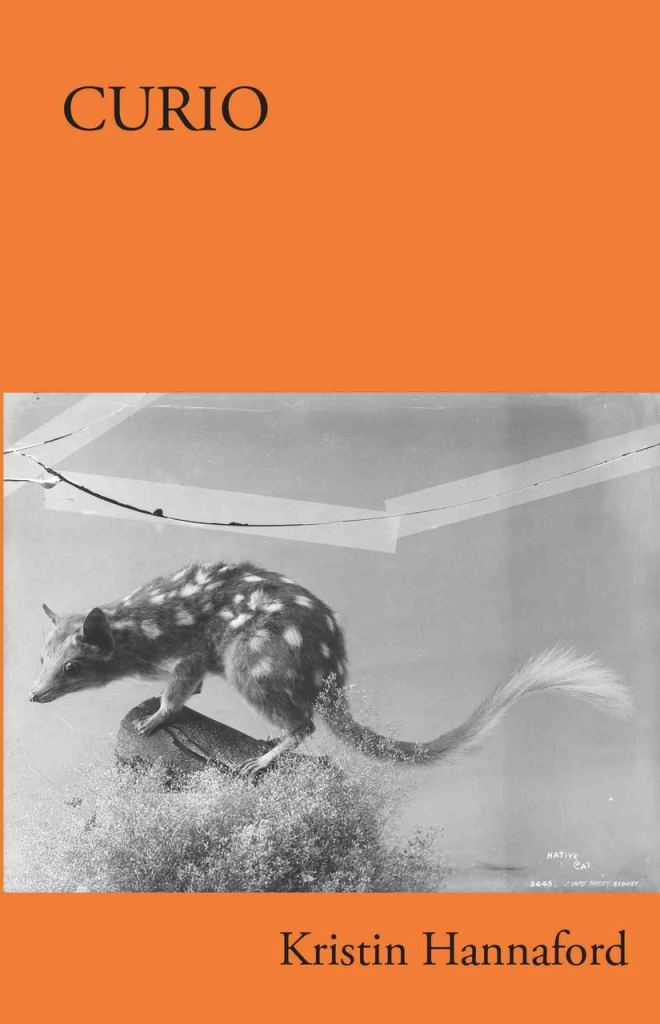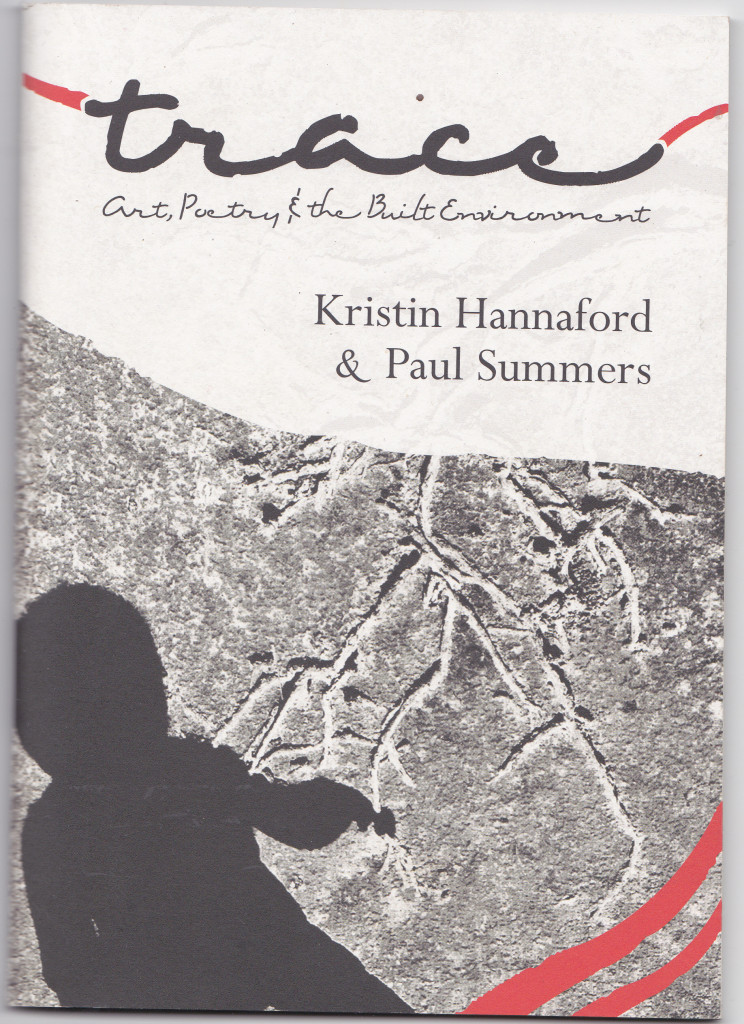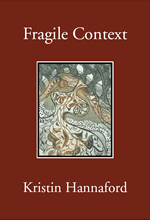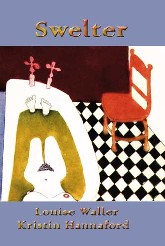CURIO (Walleah Press, Tasmania 2014) Click link to purchase

CURIO invites readers into a world of artefacts, curiosities and natural history specimens, as poet Kristin Hannaford pays homage to the history of women working as taxidermists, naturalists, and exhibitors in 19th Century Australia. This poetry collection profiles the lives of two extraordinary women in Australia’s colonial history, Jane Catharine Tost and her daughter Ada Jane Rohu, who established and ran ‘Tost and Rohu’ – a taxidermy and curio shop known affectionately at the time as ‘The Queerest Shop in Sydney’.
“Jane Catharine Tost and Ada Jane Rohu’s legacy is brought to life through the deft hand of Hannaford whose narration fluctuates between the voice of a ringmaster, nature documentary reporter whispering in the bush at night, librarian detailing references and scientist describing method. Hannaford slips into the skin of her protagonists to speak to us of craft and aesthetics with poignancy.
“In many ways opening this collection is like opening a door to an intriguing salon full of spectacle and tragedy where birds and marsupials are re-encountered as specimens wired in the fashion of the late 19th and early 20th centuries. Hannaford’s poems sing with the tangible presence of an arranging hand, the rules of scientific display and the taxidermist’s precise and meticulous work. The collection is an act of salvage and resurrection, a remembrance for two extraordinary women and their life’s work. Open CURIO on any page and you will forget where you are and get hooked on reading it again and again.”
— JAYNE FENTON KEANE
“These are well written lyric poems with moments of excitement, like the uncomfortable Pickling: Trawalla, Central Victoria 1840, a description of an encounter with ‘‘the Wathawarrung women’’. This is presented as a meeting of difference, though the poet hints that the Wathawarrung women’s trading of their “o possum rugs” is a reminder of the similarities and points of connection that the newcomer taxidermist appears to ignore.”
– ALI JANE SMITH
TRACE: Poetry, Art and the Built Environment (Creative Capricorn, Rockhampton, 2013) with Paul Summers, contact the author for remaining copies
Chapbook with Paul Summers exploring some of the histories behind some of Rockhampton’s most distinctive heritage sites. Here’s an article at the State Library of Queensland about the project.

FRAGILE CONTEXT (Post Pressed: Brisbane 2007) – contact the author for remaining copies
“I love poems that tell me new things and take me to new places, and Kristin Hannaford joyously knows that this is the business of poetry.” – Peter Bishop. “
Whether Hannaford’s poems deal with tropical places, or with the ecology of personal life, they are all from the intemperate zones of the heart.” – Ross Clark.
A review of Fragile Context by Angela Meyer

SWELTER (Interactive Press: Brisbane, 2003) with Louise Waller – contact the author for remaining copies

Kristin Hannaford writes about relationships, family, friends and women’s experience. Other female artists also shape her perceptions: Janet Frame in particular, who corrects the academic study of ‘hemispherectomies’ and ‘Oliver Sacks oddballs’. ‘Janet Frame screamed at me from the pages of her asylum/ salvation poetry.’ ( I apogee) And in ‘Looking for Sarah~ there’s the intriguing presence of the female lead from John Fowles’ The French Lieutenant~ Woman: she examines ‘ammonite fossils’ on the Lyme Regis sea-shore, and the poem ends with a clever twist as the mysterious woman sets one down that will wait ‘for Attenborough to arrive’. The poems I most warmed to were the snapshots of people: stolen moments like Uncle Len’s performance at his daughter’s twenty-first, who made ‘short work of a beer/ turned the sounds of Eagle Rock into the hall/ and danced in a pot bellied fury’
Hannaford’s ‘Honeymoon’ embodies the mood and modulations of Australian poetry’s ‘new country’. Cruising in the ‘Torque Flight Valiant … / Following the Sturt highway, west, to Mildura’, the visible reminders of human penetration of the land are everywhere: ‘Kangaroo after kangaroo lay splayed and bloated’. The poem’s crucial incident is the Valiant hitting a bird and ‘the thud/ under the front left wheel’. The female character stops, walks down the road and picks up a feather but the male is unmoved: ‘All the way to Mildura, Dan makes chicken noises in the car.’
… Swelter (is) permeated with this kind of illusion-free sense of what it means to encounter and to write about landscape today. These are volumes in which the vagaries of human response and emotion are measured against the omnipresent natural and considerations of how ‘the natural’ is utterly altered by human contact. Both books also testify to the intelligence, craft and preoccupations which mark off Australian poetrys’ new country terrain. Brian Musgrave